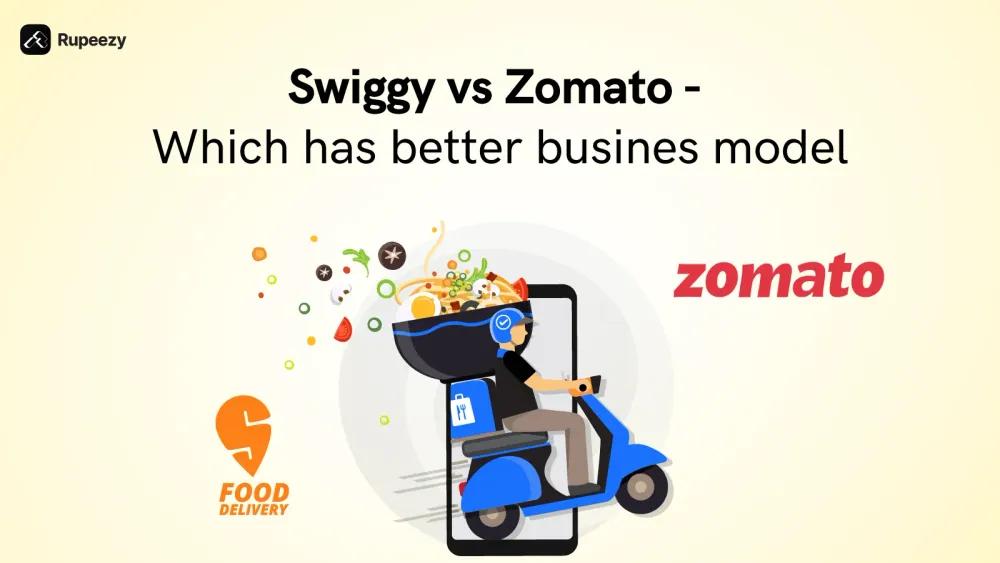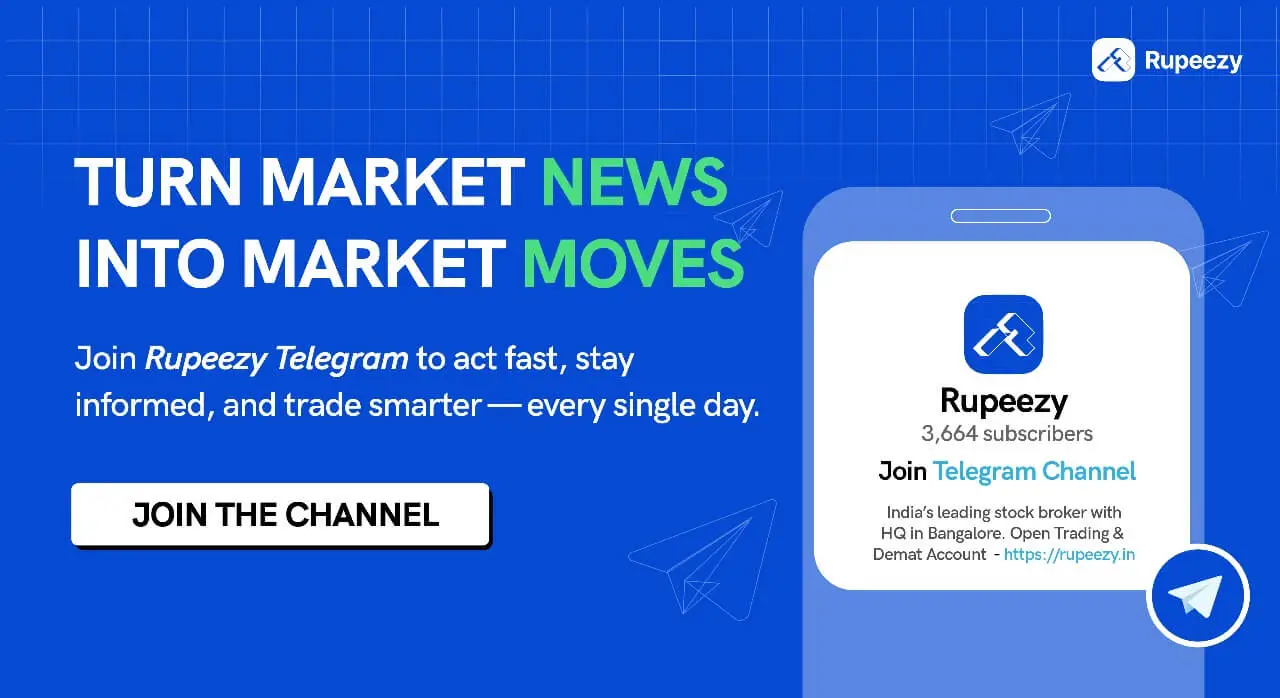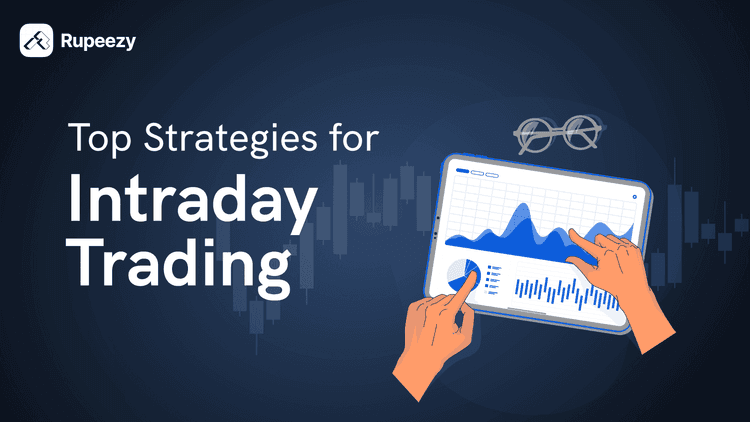Swiggy vs Zomato: Comparing Business Model, Revenue And KPIs


00:00 / 00:00
The retail landscape has dramatically shifted, evolving from traditional kirana shops to the current trend of ordering online for delivery within minutes. What instigated this significant change? How did two giants, Swiggy and Zomato, profoundly shape and disrupt a sector within retail? In this article, we will look into Swiggy vs Zomato, understand the competitors of Swiggy and Zomato, and explore further details about these two prominent companies.
Company Overview
Swiggy
Swiggy operates as India's leading on-demand convenience platform, offering diverse services through a unified app. It is primarily known for food delivery and connects millions of consumers with over 2.5 lakh restaurant partners. They are actively expanding into other segments, especially their quick commerce business, Swiggy Instamart, which delivers groceries and essentials within minutes from dark stores.
The company also provides dining out services through Swiggy Dineout and offers a comprehensive membership program, Swiggy One, which integrates benefits across its various verticals. The company focuses on leveraging technology and a large network of delivery partners to provide convenience for its users.
Zomato
Zomato, owned by Eternal Limited, has revolutionised India's food discovery and delivery landscape. Initially a restaurant aggregator, Zomato now primarily focuses on food ordering and delivery, connecting customers with around 3,00,000 restaurant partners. It has strategically diversified its offerings by acquiring Blinkit, a leading quick commerce platform that delivers groceries and essentials in minutes, improving its overall e-commerce presence. District is a going-out app, and it is a platform designed for activities such as various entertainment and lifestyle services. They consistently innovate with the use of technology to optimize logistics and improve customer experience.
Revenue Sources
Both Swiggy and Zomato are in similar businesses in some areas. We will look into their revenue streams below:
Revenue Streams | Swiggy (In Rs Cr) | Eternal Limited (Zomato) (In Rs Cr) |
Food Delivery | 6,353 | 8,080 |
Quick Commerce | 2,130 | 5,206 |
Supply Chain and Distribution / Hyperpure Supplies (B2B Supplies) | 6,418 | 6,196 |
Out of Home Consumption / Going Out | 238 | 737 |
Platform Innovations / All Other Segments (Residual) | 88 | 24 |
Total FY25 Operational Revenue | 15,227 | 20,243 |
Food Delivery: Both Swiggy and Zomato earn their biggest share of revenue by delivering food from restaurants to customers' doorsteps. They charge restaurants a commission on each order, collect delivery fees from users, and earn extra revenue through in-app advertisements and promotions.
Quick Commerce: Both companies deliver groceries and daily essentials within minutes through platforms like Instamart (Swiggy) and Blinkit (Zomato). They earn money from product markups, delivery charges, and commissions on selling vendor products.
Supply Chain and Distribution / Hyperpure: Swiggy’s Supply Chain and Distribution and Zomato’s Hyperpure do the same thing. They supply fresh produce, staples, and other kitchen essentials in bulk to restaurants. They earn by sourcing goods directly from the supplier, adding a margin, and delivering to their restaurant partners.
Out of Home Consumption / Going Out: Both players help people discover restaurants, book tables, and get special dining deals. They earn money by charging partner restaurants a fee for reservations, deals, and promotional listings when people eat out or dine out.
Platform Innovations / All Other Segments: This segment includes smaller, new, or experimental businesses, like loyalty programs, ads, and new tech services. It’s a small but growing source of extra income beyond their main operations.
Note: When comparing companies, we typically view Zomato as an entity with all businesses under it. However, its parent company, formerly Zomato Limited, officially rebranded to Eternal Limited on March 20, 2025. Eternal Limited now serves as the holding company for various businesses, including Zomato's core food delivery service, its Blinkit quick-commerce unit, the Hyperpure B2B supplies platform, and the District app. Therefore, when evaluating the broader entity, we have considered Eternal Limited, which includes these diverse operations.
Financial Comparison
Swiggy and Zomato have been direct competitors in the food delivery industry. Now they have forayed into the quick commerce space, where the competition is much more intense. Below is a financial overview for FY25 of these two companies, highlighting the difference between Swiggy and Zomato:
Particulars | Swiggy | Eternal Limited (Zomato) |
Revenue from Operations | Rs. 15,227 crore | Rs. 20,243 crore |
Other Income | Rs. 396 crore | Rs. 1,077 crore |
EBITDA (excluding Other Income) | Rs. -2,788 crore | Rs. 637 crore |
EBITDA Margin (excluding Other Income) | -18% | 3% |
PAT | Rs. -3,117 crore | Rs. 527 crore |
EPS | Rs. -13.63 | Rs. 0.55 |
In FY25, Eternal Limited (Zomato) showcased a stronger financial performance compared to Swiggy. Eternal Limited's revenue from operations reached Rs. 20,243 crore, exceeding Swiggy's Rs. 15,227 crore. While both companies earned other income, Eternal Limited's was significantly higher at Rs. 1,077 crore compared to Swiggy's Rs. 396 crore.
Crucially, Eternal Limited achieved a positive EBITDA of Rs. 637 crore, resulting in a 3% EBITDA margin, whereas Swiggy incurred losses with an EBITDA of Rs. -2,788 crore and a -18% margin. This translated into Eternal Limited reporting a profit of Rs. 527 crore and a positive EPS of Rs. 0.55, contrasting sharply with Swiggy's net loss of Rs. 3,117 crore and an EPS of Rs. -13.63.
Key Performance Indicators
There are certain business key performance indicators that you can keep track of to assess a company's business operational performance. There are some data points mentioned in the table below:
KPI | Swiggy | Eternal Limited (Zomato) |
Food Delivery GOV (FY25) | Rs. 28,782 Crore | Rs. 38,646 Crore |
Quick Commerce GOV (FY25) | Rs. 14,683 Crore | Rs. 28,273 Crore |
Total B2C GOV (FY25) | Rs. 46,549 Crore | Rs. 74,715 Crore |
Quick Commerce AOV | Rs. 527 (Q4FY25) | Rs. 665 (Q4FY25) |
Average Monthly Transacting Users | 19.8 Mn (FY25) | 30.8 Mn (FY25) |
Quick Commerce MTUs | 9.8 Mn (as on Q4FY25) | 10.2 Mn average (FY25) |
Quick Commerce Dark Stores | 1,021 (as on Q4FY25) | 1,301 (as on Q4FY25) |
Delivery Partners | 5.39 lakh approx (as on Q4FY25) | 4.73 lakh approx (as on Q4FY25) |
Restaurant Partners (Food) | 2.51 lakh approx (as on Q4FY25) | 2.97 lakh approx (FY25) |
Food Delivery GOV: Swiggy and Zomato calculate Food Delivery Gross Order Value (GOV) by summing up the total value of all food orders placed on their platforms before any discounts. This metric reflects how much customers are spending on restaurant-delivered meals through these services.
Quick Commerce GOV: Both companies compute Quick Commerce GOV by aggregating the value of all orders delivered within minutes, covering groceries, snacks, household items, and more. It shows the scale and consumer demand for instant delivery of everyday essentials.
Total B2C GOV: The Total B2C (Business to Consumer) GOV represents the combined Gross Order Value across all consumer-facing services, including food delivery, quick commerce, and dining experiences. This metric helps investors and stakeholders assess the full commercial volume a platform drives across its ecosystem.
Quick Commerce AOV: Quick Commerce Average Order Value (AOV) measures the average spending per order in the quick commerce segment. Companies calculate this by dividing the GOV by the number of orders received. It indicates user purchasing behaviour and helps understand the spending potential per transaction by customers.
Average Monthly Transacting Users: This metric counts the average number of unique users who placed at least one order each month during the fiscal year. Swiggy and Zomato use this metric to understand the platform reach and customer engagement across food delivery and quick commerce services.
Quick Commerce MTUs: Quick Commerce MTUs refer specifically to users who transacted monthly in the instant delivery segment. Tracking this group allows the platforms to measure the popularity and adoption of quick commerce relative to traditional food delivery or other services.
Quick Commerce Dark Stores: Quick Commerce relies on a network of "dark stores," which are small, non-customer-facing warehouses. These stores enable rapid order picking and last-mile delivery. Companies track their count to monitor geographic expansion, delivery speed, and service availability across cities.
Delivery Partners: Delivery partners are independent gig workers who fulfill customer orders. Swiggy and Zomato report the number of active monthly delivery partners to show the scale of their workforce and operational capability to meet growing order volumes.
Restaurant Partners (Food): This KPI counts the active restaurants listed on a food delivery platform. It reflects the platform's variety, competitiveness, and ability to serve diverse consumer tastes. More restaurant partners can generally lead to higher customer satisfaction and order frequency.
Zomato and Swiggy Competitors
The competitors of Swiggy Instamart and Blinkit face competition from ONDC (Open Network for Digital Commerce) in the food delivery space. In quick commerce, Swiggy Instamart and Blinkit face competition from Zepto, Bigbasket, Flipkart Minutes, Amazon Fresh, FreshToHome, Myntra, and others. There are no other listed competitors in the bourses to make a proper peer comparison.
Market Share
In India's food delivery market, Zomato holds a leading position with approximately 55% to 58% market share, while Swiggy accounts for 42% to 45%, which makes the food delivery space a clear duopoly, as per various sources. In the quick commerce segment, Blinkit dominates with around 46% market share, and Swiggy Instamart holds about 25%, with competitors like Zepto at around 29%, as per various sources.
Future Plans
After looking at the business segments, financials, KPIs, and competitors, it is essential to look at Swiggy and Zomato’s plans laid out to maintain growth. Below are some of the plans mentioned by the management of Swiggy and Zomato based on recent sources:
Swiggy
Continue Food Delivery Profitability: Swiggy expects its food delivery segment to maintain its profitability and expects sustained growth through innovation, focusing on attracting new consumers and increasing order frequency for new meal occasions.
Expand Platform Innovations: The company plans to expand new service offerings like Snacc, which is a quick delivery of low-involvement food consumption, and Pyng, an AI-powered platform to connect with verified professionals. These are currently in an experimentation phase, with initial investments aimed at reaching a wider audience to test product-market fit.
Unwind Quick-Commerce Losses: Swiggy anticipates a progressive reduction in quick-commerce business losses starting from late Q4FY25. The pace of this improvement is dependent on expanding average order value and take rates (commissions), as well as the level of competitive intensity. They expect to reach the contribution breakeven for quick commerce in 3 to 5 quarters.
Increase Quick-Commerce AOV: They aim for high-teens annual AOV growth in quick commerce by expanding through larger dark stores and initiatives like Maxxsaver, which encourages stock-up behaviour and larger basket sizes.
Densify Quick-Commerce Network: While the immediate surge on network expansion for identified city coverage is largely complete, Swiggy is expected to add new dark stores primarily to cover more areas, which is in line with growth and serviceability parameters.
Grow Out-of-Home Consumption Profitability: Having achieved its first profitable quarter in Q4FY25, Swiggy expects its Out-of-Home Consumption segment to grow profitability towards a steady state with an adjusted EBITDA margin of 4% to 5% of GOV.
Zomato
Drive Food Delivery Growth: Eternal Limited expects its food delivery GOV to continue growing more than 20% in the long term, aiming to achieve this through continued efforts in improving affordability, expanding mix, and reducing delivery timelines, despite challenges.
Aggressive Growth in Quick Commerce Market Share: Eternal Limited plans to aggressively grow its market share in quick commerce, focusing on network expansion and increasing mix. They expect FY26 GOV to grow more than 100% year-on-year.
Expand Quick Commerce Store Network: Blinkit expects its store network to reach approximately 2,000 stores by December 2025.
Continue Quick Commerce Investments: Investments in quick commerce expansion are expected to continue in the near future, with a steady-state adjusted EBITDA expected to be around 4% to 5% of GOV.
Scale Going-Out Business: Its District app aims to be a one-of-a-kind destination for going-out experiences in India. The immediate priority for the company is to build strong customer engagement across existing categories before scaling other categories and use cases. Overall GOV for this segment is expected to grow more than 40% year-on-year for the next couple of years, with a near-term focus on investing in scaling across categories.
Continue Hyperpure Expansion and Profitability: This business is expected to continue scaling with improving profitability, driven by higher throughput and increased gross margins from scale benefits and a growing share of higher-margin products.
Evaluate Inventory Model for Quick Commerce: Eternal is considering moving to an inventory-holding model for certain quick commerce categories, particularly those not well-served by the marketplace model, to achieve healthier returns on capital. However, they will evaluate it further upon shareholder approval.
Swiggy or Zomato Which is Best?
Swiggy and Eternal (Zomato) operate with similar core business models, which primarily compete in food delivery and quick commerce. However, their new ventures might differentiate them. Currently, Eternal Limited appears strategically ahead with new businesses like District (going-out and ticketing), creating a synergistic ecosystem. Swiggy is also diversifying with Instamart and Dineout, and recently launched Swiggy's Pyng focused on professional services. Ultimately, both face intense competition, and the successful execution of these diverse businesses determines their future.
Conclusion
Both Swiggy and Eternal Limited (Zomato) fundamentally compete in food delivery and quick commerce, leveraging similar core models. Ultimately, the question swiggy or zomato which is best? Will depend on their future execution, currently facing increased competition and trying new businesses. With growing income, India's evolving retail landscape is being watched closely.
The content on this blog is for educational purposes only and should not be considered investment advice. While we strive for accuracy, some information may contain errors or delays in updates.
Mentions of stocks or investment products are solely for informational purposes and do not constitute recommendations. Investors should conduct their own research before making any decisions.
Investing in financial markets are subject to market risks, and past performance does not guarantee future results. It is advisable to consult a qualified financial professional, review official documents, and verify information independently before making investment decisions.
Open Rupeezy account now. It is free and 100% secure.
Start Stock InvestmentAll Category









